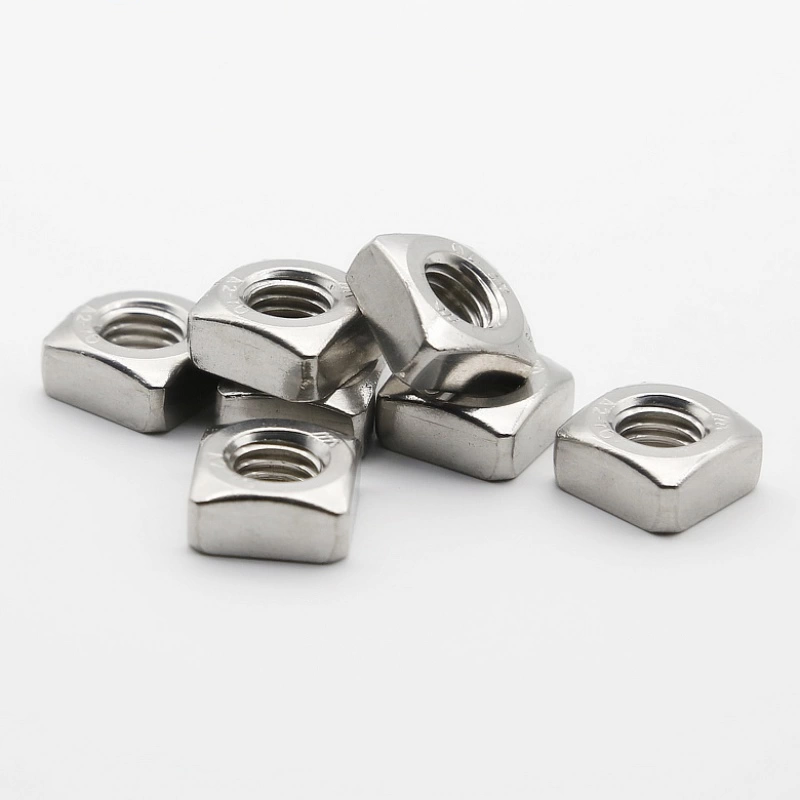

flanged nut
Oct . 04, 2024 03:38 Back to list
flanged nut
The Versatile Flanged Nut An Essential Component in Modern Engineering
In the realm of mechanical engineering and construction, the seemingly simple flanged nut plays a pivotal role in ensuring the integrity and safety of assemblies. This unassuming component, characterized by its circular flange, provides numerous advantages that make it a favorite among engineers and builders alike.
A flanged nut is essentially a hexagonal nut with a protruding flange on one end. This flange serves multiple purposes, most notably enhancing the nut's bearing surface. This design feature allows for better load distribution when fastened, thereby reducing the risk of damage to the surface underneath. This is particularly crucial in applications where the fastening needs to bear significant weight or withstand vibration, such as in automotive, aerospace, and heavy machinery applications.
One of the standout features of flanged nuts is their ability to provide a secure grip without requiring additional washers
. The flange itself acts as a washer, distributing the load evenly over a larger area, which minimizes the likelihood of crushing or shearing. This aspect not only simplifies the assembly process but also reduces the number of components needed, leading to a more streamlined manufacturing process.flanged nut

The manufacturing materials of flanged nuts can vary widely, including carbon steel, stainless steel, and various alloys, depending on the strength and corrosion resistance required by the specific application. Stainless steel flanged nuts, for instance, are ideal for environments that are prone to moisture and need to withstand rust and corrosion, making them perfect for marine hardware and outdoor applications. Conversely, high-strength carbon steel options are preferred in industries that prioritize durability under heavy loads.
Installation of flanged nuts is relatively straightforward, which further adds to their appeal. They can be used with standard bolts and screws, often employing wrench or socket tools for tightening. This user-friendly installation process, combined with the ability to achieve a secure fastening, makes them invaluable in almost every mechanical environment.
Moreover, flanged nuts come in various sizes and thread configurations, making them adaptable for numerous applications. From electronics to automotive manufacturing, their versatility ensures that engineers can find a suitable option for their specific needs. Additionally, the ease of sourcing flanged nuts from suppliers means they are readily available for projects big and small.
In conclusion, the flanged nut is a testament to the beauty of practical design in engineering. By combining simplicity with functionality, it enhances assembly quality and efficiency. As industries continue to evolve and demands for robust fastening solutions grow, the flanged nut will undoubtedly remain a fundamental component in mechanical assemblies. Understanding its purpose and benefits will enable engineers to leverage this essential part effectively, ensuring the longevity and performance of their designs.
Latest news
-
Premium Self Tapping Metal Screws: Strong & Easy Install
NewsAug.02,2025
-
Premium Fasteners Manufacturer | AI-Driven Solutions
NewsAug.01,2025
-
Hot Dip Galvanized Bolts - Hebei Longze | High Strength, Corrosion Resistance
NewsAug.01,2025
-
High-Strength Hot Dip Galvanized Bolts - LongZe | Corrosion Resistance, Custom Sizes
NewsAug.01,2025
-
Best Self Tapping Screws for Drywall - Fast & Secure Installation
NewsJul.31,2025
-
High-Strength Hot Dip Galvanized Bolts-Hebei Longze|Corrosion Resistance&Customization
NewsJul.31,2025

